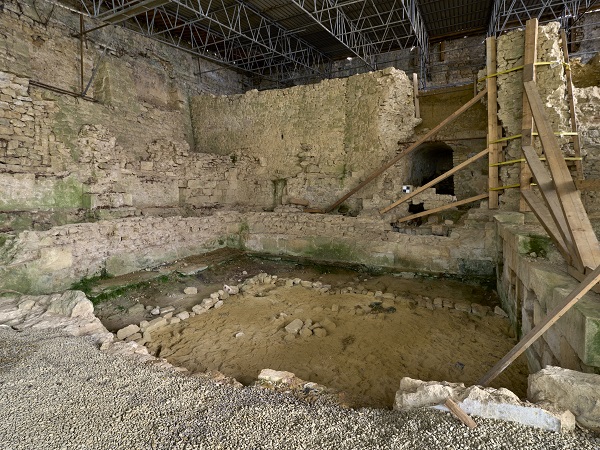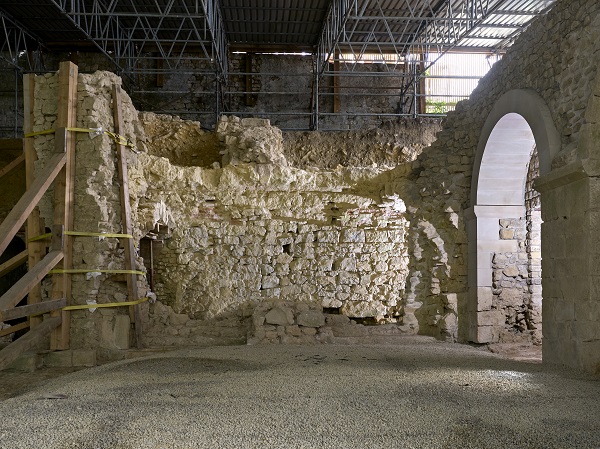 Credit: Les 2 Musées de la Ville de Luxembourg/Photo Christof Weber
Credit: Les 2 Musées de la Ville de Luxembourg/Photo Christof Weber
Chronicle.lu has teamed up with Luxembourg's National Institute for Archaeological Research (Institut national de recherches archéologiques - INRA) for a series of articles on archaeological digs and discoveries around the Grand Duchy.
The series explores digs spanning from prehistoric to Roman and medieval times, highlighting key finds and what they reveal about Luxembourg’s past. It also sheds light on the work of the INRA and its approach to archaeological and historical research.
The latest in this series looks at the former residence of Pierre-Ernest de Mansfeld in Luxembourg-Clausen.
Count Pierre-Ernest de Mansfeld (1517-1604), Governor of the Duchy of Luxembourg, built one of the most important princely residences of the former Low Countries (what is now Benelux) in Clausen, at the foot of Luxembourg City.
Today, the site lies in ruins and it is difficult to form a precise idea of its original splendour. However, the preserved state of the site modified by Mansfeld, the remaining ruins and available documentation reveal a variety of sources of inspiration. The influence of Italy is evident above all in the choice of location, reminiscent of a suburban villa of the Italian Peninsula, in the antiquity-inspired architecture of the three antiquariums - composed of a sunken court, a grotto and a cryptoporticus - as well as in the humanist gardens. In contrast, the pavilion lodge and the long main entrance building with its three towers reflect the influence of the old Low Countries. The long gallery - a quintessentially palatial element - can be found in many significant castles across Europe. Built in phases from 1563 to 1604, the château features a general layout characterised by a major axis nearly 100 metres long, running parallel to the valley, with an L-shaped return formed by the entrance building.
After Mansfeld’s death, the property, known as “La Fontaine”, passed into the hands of the Spanish crown. Stripped of most of its artistic treasures and, lacking a high-ranking resident willing to stay there, the estate was gradually converted into an economic enterprise before falling into ruin over the following centuries.
Archaeological excavations carried out between 2003 and 2007 mainly uncovered the rare remains of the sunken court, the grotto and the cryptoporticus, as well as, in the gardens, remnants of the Saint Peter basin and the Fountain of Venus. Today, the City of Luxembourg, which owns the site, is seeking a way to revitalise the area - one that must fulfil both its urban planning vision and the demands of conserving a rare archaeological, architectural and landscape heritage.
The Amis du Château de Mansfeld organise visits on request.

Credit: Les 2 Musées de la Ville de Luxembourg/Photo Christof Weber








